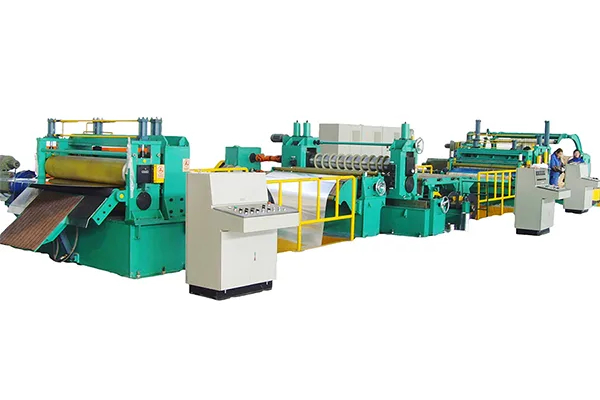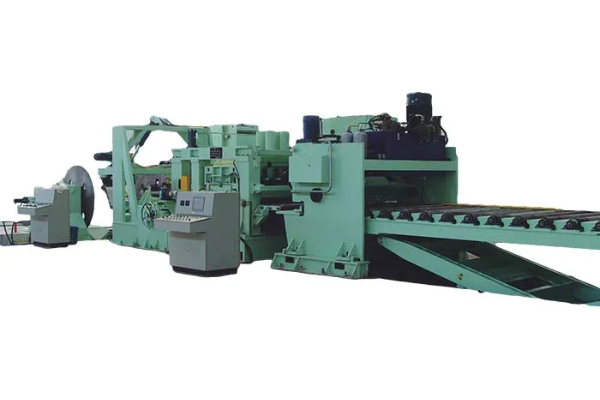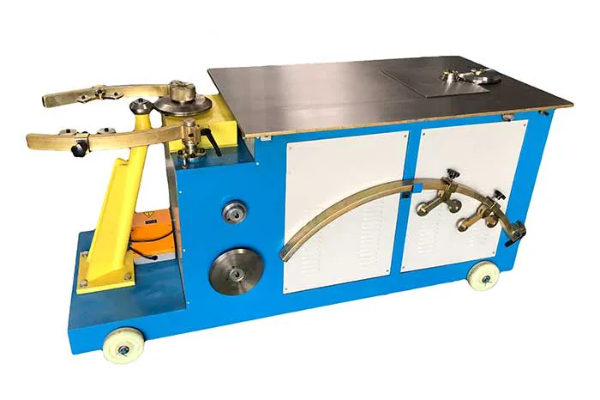
What Are the Different Types of Duct Rolling Machines?
- By:Metmac
- 2024-06-11
- 162
Duct rolling machines are essential tools for producing ductwork in various industrial and construction applications. They are designed to form sheet metal into cylindrical or rectangular ducts of varying sizes and shapes. This article will explore the different types of duct rolling machines available, providing a comprehensive overview of their capabilities and applications.
Types of Duct Rolling Machines
There are three main types of duct rolling machines commonly used:
1. Hand Operated Duct Rolling Machines
As the most basic type of duct rolling machine, hand operated machines are suitable for small-scale ductwork production. They consist of a pair of rollers mounted on a frame, manually operated through a crank handle. These machines are ideal for creating simple cylindrical or rectangular ducts with limited production capacity.
2. Semi-Automatic Duct Rolling Machines
Semi-automatic duct rolling machines offer greater efficiency and precision than hand operated machines. They typically feature an electric motor or hydraulic system to drive the rollers, while a foot pedal or lever controls the feeding mechanism. These machines allow for faster and more consistent production of larger ducts with complex bends and angles.
3. Fully Automatic Duct Rolling Machines
Fully automatic duct rolling machines represent the highest level of automation in ductwork production. They are equipped with advanced computer numerical control (CNC) systems that guide the bending process with precision. These machines offer the highest production capacity and can handle a wide range of duct sizes and shapes. They are suitable for high-volume manufacturing and demanding applications.
Additional Features
In addition to the main types of machines, duct rolling machines can be further classified based on their additional features:
1. Roll Configuration
Duct rolling machines can have two, three, or four rollers. Two-roller machines are suitable for basic duct forming, while three and four-roller machines offer greater flexibility and control for precise bends and shapes.
2. Material Compatibility
Duct rolling machines are designed to work with different types of sheet metal, including galvanized steel, stainless steel, and aluminum. Some machines may have specific compatibility requirements or attachments for handling specialized materials.
3. Production Speed
The production speed of a duct rolling machine is determined by its motor power, roller configuration, and control system. High-speed machines are suitable for large production volumes, while slower machines may be more appropriate for smaller-scale applications.
Conclusion
Duct rolling machines play a crucial role in the production of ductwork for various industries. Understanding the different types of machines available, their capabilities, and additional features is essential for selecting the most suitable equipment for any given application. Whether you require hand operated, semi-automatic, or fully automatic machines, choosing the right duct rolling machine can significantly enhance your productivity and precision in ductwork fabrication.
-
Mastering Form and Force: A Guide to Modern Metal Plate Bending Machines
2025/12/16 -
Demystifying Sheet Metal Laser Cutting Machine Price: The METMAC Value Perspective
2025/12/16 -
Metal Sheet Machinery: The Engine of Modern Fabrication and the METMAC Advantage
2025/12/16 -
Beyond the Bend: The Power and Precision of the Modern Sheet Profile Machine
2025/12/16
-
Advanced Sheet Metal Rolling, Laser Cutting, and Folding Machines for Precision Fabrication
2025/10/31 -
High-Performance Sheet Metal Bending and Cutting Machines for Modern Fabrication
2025/10/31 -
High-Quality Sheet Metal Equipment for Sale: Efficient Solutions for Modern Manufacturing
2025/10/31 -
High-Performance Sheet Metal Equipment for Sale: Forming and Shearing Solutions for Modern Fabrication
2025/10/22
-
A Guide to the Latest Innovations in Sheet Metal Folding Machines
2024/11/29 -
Key Features to Consider When Investing in a Sheet Metal Folding Machine
2024/11/28 -
Enhancing Precision with Advanced Sheet Metal Folding Machines
2024/11/27 -
How to Choose the Right Sheet Metal Folding Machine for Your Workshop
2024/11/26







